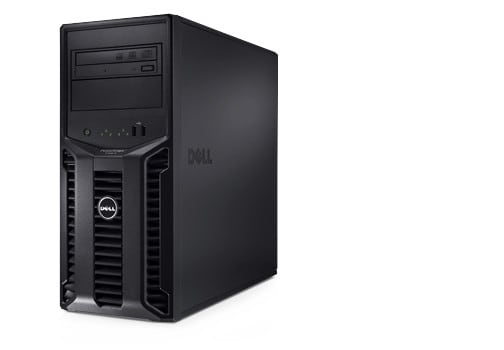In this article, we’ll look at some of the key reasons to consider an upgrade to Windows Server 2012 R2 if you haven’t already deployed it.
Table of Contents
R2 Changes to Note
Windows Server 2012 supports some new technologies and policies that are likely to be interest if your organisation is moving towards a cloud based infrastructure.
These include the following new features:
- De-duplication on virtual machines that are already running (under certain circumstances, and with some limitations).
- Office 365 is better supported.
- Virtual machines can be deployed more quickly.
- Active Sync is migrated to Office 365, providing new features like remote erasing of the device if it is lost or stolen.
- There’s a new feature, Workplace Join, which can be used to control access from devices such as tablet computers. This makes Windows Server 2012 R2 a more realistic proposition for the implementation of a BYOD initiative, and it can be used alongside Group Policy.
- Faster, more efficient parallel rebuilds of Storage Spaces devices.
- Greater flexibility to install Windows Server 2012 Essentials on a virtual server, a physical server or a member server.
- Shared folders can be created on a different server.
The full list of changes can be reviewed on the Microsoft TechNet website. There’s also a summary of what’s new on the Windows Server 2012 Wikipedia entry.
How Dell Supports Your Adoption Of 2012 R2
As your organization moves towards a modern, dynamic, and virtualized environment, your Dell Windows server will be required to carry out ever more complex tasks. Upgrading to the newest version of Windows Server 2012, R2, makes sense if you are to leverage the full power of cloud technology and improve your operational efficiency.

